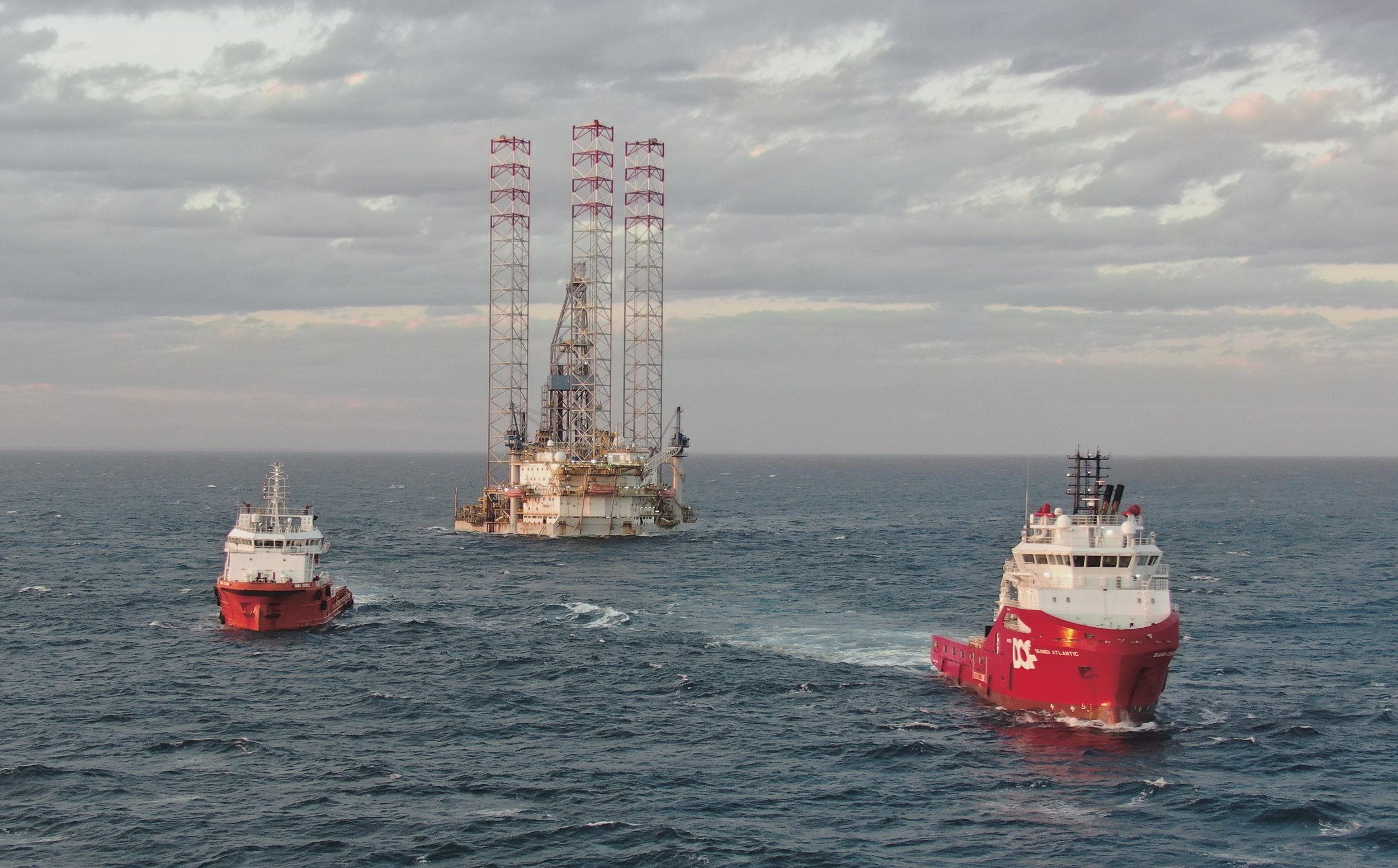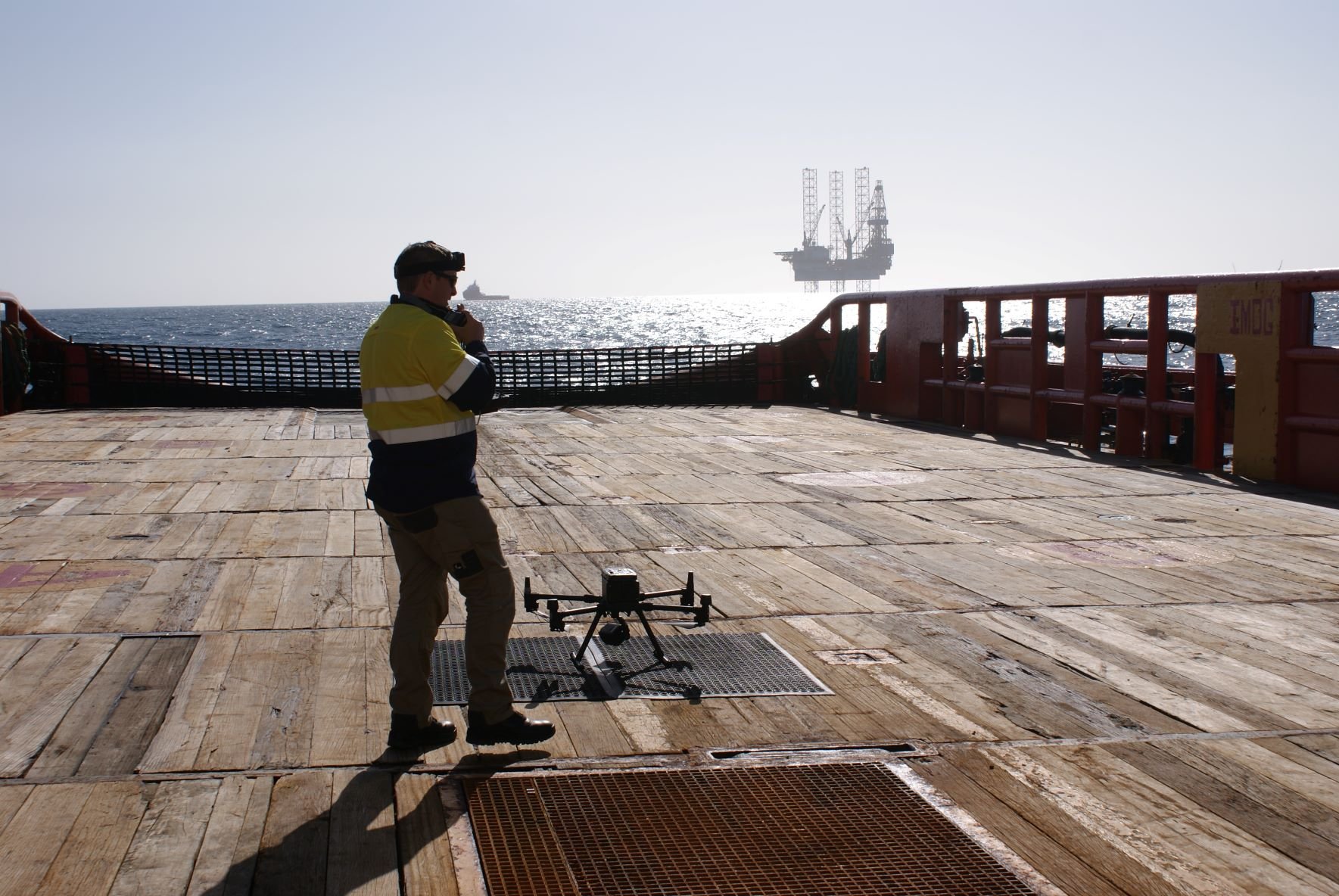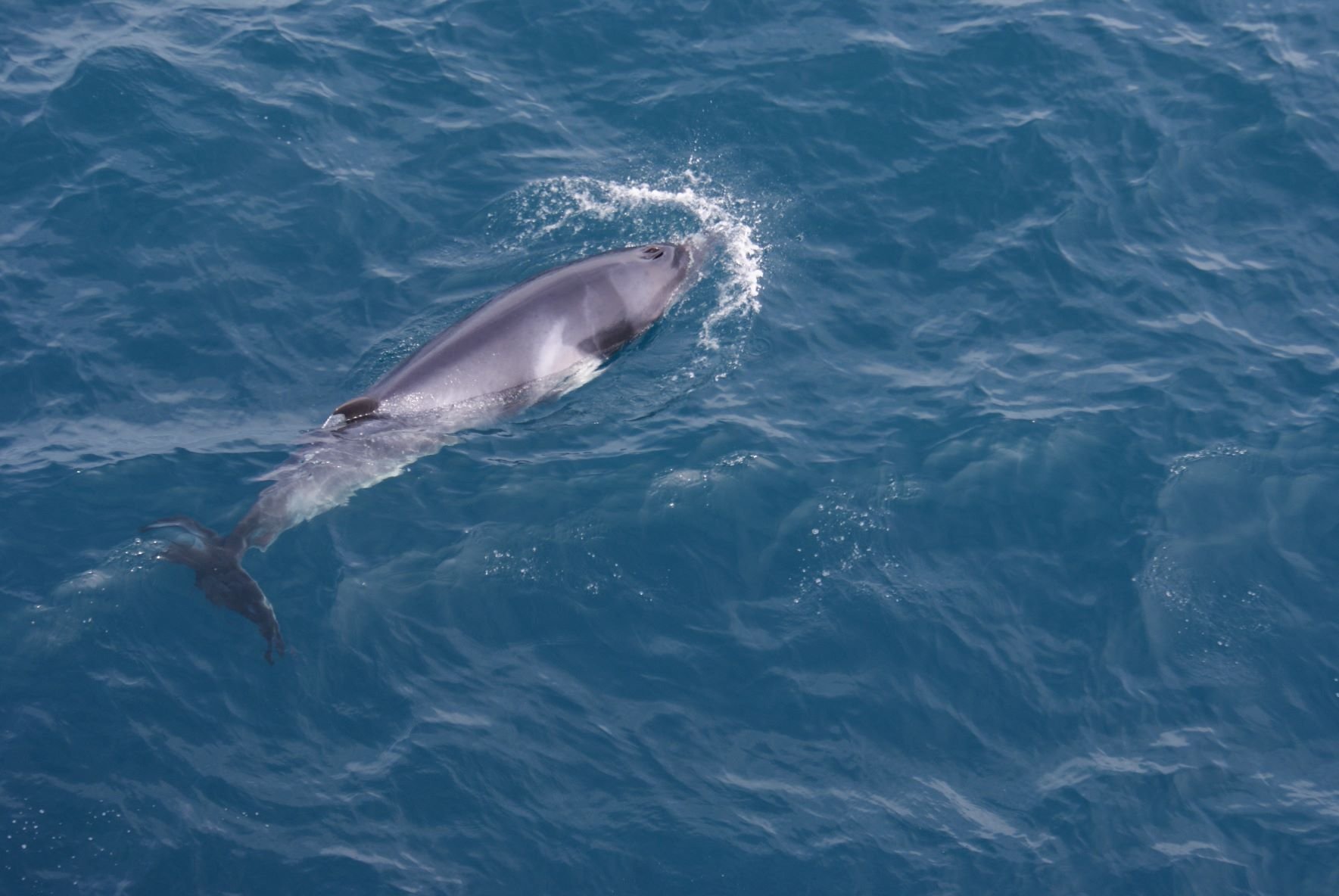Project: Marine Mammal Monitoring as part of Seahorse and Tarwhine Well Decommissioning in Bass Strait
Esso Australia
September - October 2021




Esso Australia has operated offshore oil and gas fields in the Bass Strait since 1965. Some of these fields have now reached the end of their production life and require decommissioning.
Various species of whales are known to migrate through the Bass Strait region and could potentially be impacted by decommissioning activities. These risks can be mitigated by monitoring the occurrence of whales in the vicinity of decommissioning sites and modifying operations as necessary.
GUS was contracted to develop and implement a monitoring program in and around the decommissioning sites of the Seahorse and Tarwhine wells, with special attention on known whale migration routes. The monitoring program was designed to support marine mammal observes who were stationed on vessels supporting decommissioning activities.
The program design drew from GUS’s experience working with various academic, government and commercial organisations in the marine mammal monitoring field. Of particular value, was our pioneering work with Murdoch University’s Aquatic Megafauna Research Unit.
The expertise provided by GUS assisted Esso meet its regulatory obligations as defined by the National Offshore Petroleum Safety and Environmental Management Authority. Plugging and abandonment of the Seahorse and Tarwhine wells in preparation for their decommissioning was successfully achieved in accordance with regulatory requirements and Company policies.
